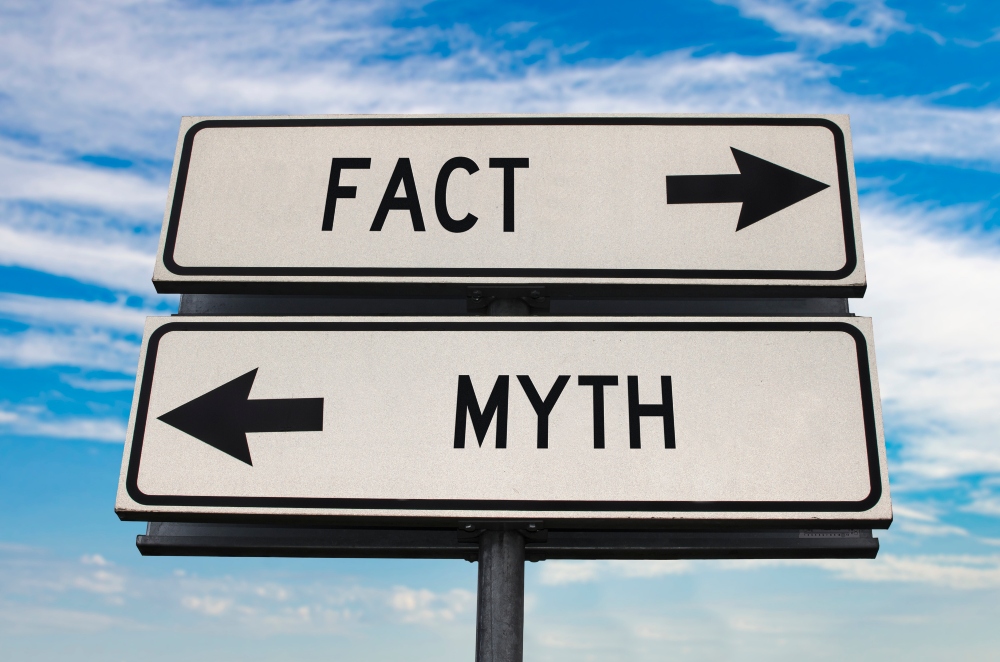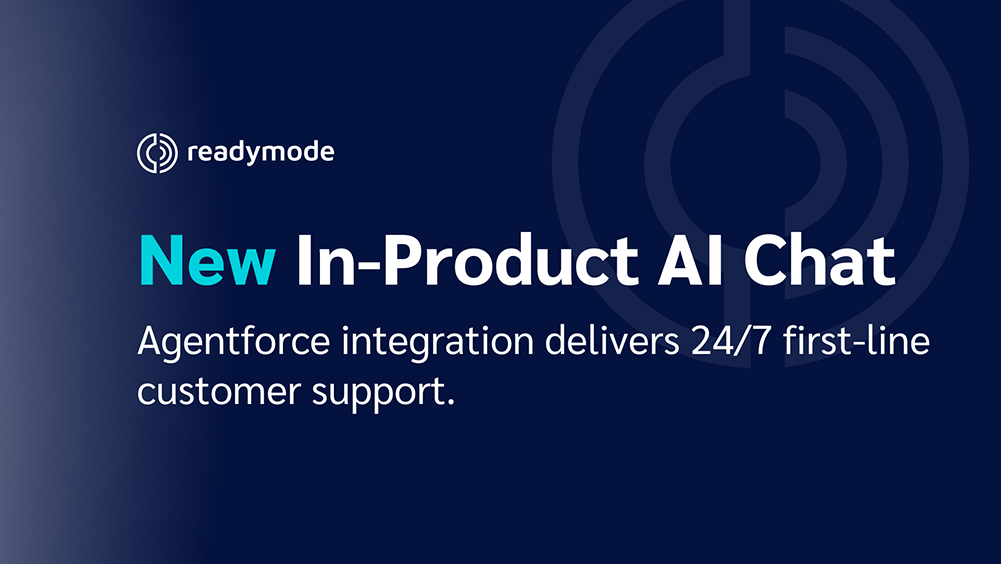Predictive dialers are a cornerstone technology for modern sales teams and call centers, streamlining outbound communications and improving agent efficiency. But myths and misconceptions are common—often fueled by outdated information or misunderstanding of compliance rules and technology itself.
In this article, we’ll address the most common myths surrounding predictive dialers, provide clarity on compliance and operational risks, and share practical tips for ensuring your business operates legally and efficiently.
Myth #1: You Cannot Be TCPA Compliant Using a Predictive Dialer
The Reality: Compliance with the TCPA (Telephone Consumer Protection Act) is about your calling practices, not the type of dialer you use.
The TCPA regulates everything from call times to consent and opt-out procedures. But after the Supreme Court’s 2021 decision in Facebook v. Duguid, if you’re choosing a properly designed UCaaS platform like Readymode, the dialing software is not driving your TCPA compliance decisions.
Whether your team uses a predictive dialer, power dialer, preview dialer, or manual dialing, the TCPA rules remain the same. It’s not the dialer that determines compliance—it’s how you use it.
For example, for purposes of complying with Subsection 227(b) of the TCPA, you can use live agents to make calls to avoid the restrictions on prerecorded/artificial voice calls. And to meet your 227(c) requirements, predictive dialers can be programmed to respect Do Not Call lists and scrub numbers against internal and national databases, as appropriate in your use case.
Solutions like Readymode offer customizable settings and robust compliance features, ensuring you can configure the system to meet TCPA requirements.
Tips for TCPA Compliance
- Choose software vendors, like Readymode, that prioritize compliance and offer features such as consent management, opt-out handling, and call recording.
- Regularly train agents and supervisors on TCPA rules and your organization’s policies.
- Maintain clear records of scrubbing, consent, call attempts, and opt-outs.
- Monitor and audit your dialing practices frequently.
The myth that predictive dialers are inherently non-compliant ignores Supreme Court caselaw and modern TCPA reality.
Myth #2: If You Use a Predictive Dialer, You Will Get Fined for Abandoned/Dropped Calls
The Reality: Abandoned calls are a risk for any dialer, not just predictive dialers—and they can be managed proactively.
An abandoned call occurs when a call is answered by a consumer but no agent is available to take the call within a prescribed time (usually two seconds after the consumer’s greeting). Regulations, including those from the FCC, cap the percentage of abandoned calls a call center may have—generally no more than 3% of calls over the applicable time interval.
What causes abandoned calls?
- Calling more leads than agents available to handle them.
- Poorly calibrated dialing speed settings.
- Technical issues or delays in agent connection.
How do you prevent abandoned calls?
- Monitor call performance metrics in real-time and adjust your dialing speed accordingly.
- Use UCaaS software, like Readymode, that allows you to set abandonment thresholds and alerts.
- Ensure adequate staffing to handle expected call volumes.
- Leverage power or preview dial modes for high-compliance campaigns or smaller teams.
Remember, abandoned calls can happen with any dialer—manual, power, preview, or predictive. The solution lies in proper monitoring, smart settings, and continuous adjustment.
Myth #3: A Predictive Dialer Will Over-Dial Your Leads
The Reality: Over-dialing is a function of call management, not just dialer type, and modern predictive dialers offer safeguards.
Over-dialing refers to attempting to contact the same lead too many times within a specific period, which can violate compliance rules, annoy prospects, and harm your brand reputation. It’s a risk inherent in any kind of dialing, manual or automated, if not managed properly.
With advanced platforms like Readymode, you can set call attempt limits by:
- Configuring maximum calls per number per day, week, or campaign.
- Automating suppression of leads once limits are reached.
- Customizing retry logic to avoid excessive contact.
Manual dialing can also lead to over-dialing, especially if tracking and reporting are weak. The key is using outbound calling software that offers transparency and control—features available in top predictive dialers like Readymode.
Myth #4: Calls from Predictive Dialers Are More Likely to Get Flagged as Spam
The Reality: High-volume dialing can trigger spam flags, but this risk isn’t unique to predictive dialers.
What causes spam flags?
- High call volume from a single number
- Unregistered business numbers
- Negative consumer feedback or call blocking
Predictive dialers are often used for large-scale campaigns, so making sure you have enough registered outbound numbers is critical. Platforms like Readymode enable users to rotate numbers, register business caller IDs, and monitor spam reports, reducing the risk of being flagged.
How can I avoid spam flags?
- Use multiple, registered outbound numbers for high-volume campaigns.
- Monitor call answer and block rates; adjust usage as needed.
- Provide accurate caller ID information and follow legal requirements for identification.
- Respond promptly to opt-out requests and negative feedback.
Again, the issue stems from dialing practices—not the predictive dialer itself.
Best Practices for Ensuring Compliance with Predictive Dialers
- Choose the Right Platform: Select a dialer that prioritizes compliance, reporting, and customization. Readymode offers predictive, preview, power, and progressive dialing modes, allowing you to tailor your outreach for compliance-sensitive campaigns.
- Set and Monitor Limits: Configure maximum call attempts, abandonment thresholds, and dialing caps. Use real-time reporting to catch issues early.
- Register and Rotate Numbers: Register all outbound numbers and use number rotation to avoid spam flags. Monitor carrier feedback and adjust as needed.
- Train Your Team: Educate agents and managers on compliance requirements, dialing protocols, and best practices for consumer engagement.
- Maintain Accurate Records: Track consent, call attempts, opt-outs, and complaint resolutions. Automate recordkeeping where possible.
- Test and Audit Regularly: Run compliance checks, review call recordings, and audit campaign settings.
Conclusion
Predictive dialers are a powerful tool for businesses, but only when paired with smart practices, robust technology, and a commitment to compliance. The most common myths stem from misunderstanding the nature of predictive dialing and the importance of operational discipline.
By choosing the right software, actively monitoring performance, and staying informed about regulations, your team can leverage predictive dialers with confidence—maximizing efficiency without sacrificing compliance or consumer trust.
Want to see how Readymode’s all-in-one, outbound customer engagement platform can transform your customer outreach?
This article is only offered for informational purposes; it is not legal advice. Please consult a qualified attorney for your specific compliance needs.
Joe Bowser
Joe Bowser is a partner at Roth Jackson. He has been practicing communications and marketing law for two decades. He advises and defends calling and SMS platform providers (like Readymode), carriers/VoIP providers, and heavy users of those services in their wide range of compliance needs. In his spare time, you can find him taking his boys to their sports, getting in a workout of his own, or catching an Arsenal match.








